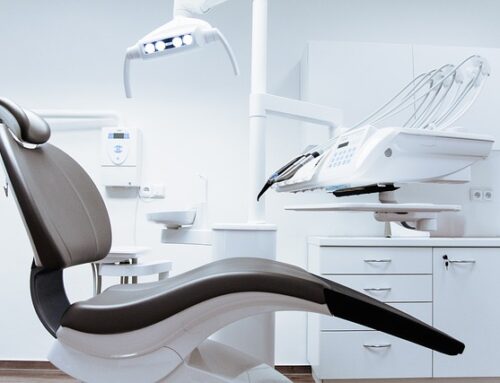About 80% of people who grind their teeth are unaware they are doing it. While this condition can occur occasionally without causing severe damage, others can experience severe harm to their teeth. To add to this, those who suffer from teeth grinding also face the possibility of dental problems and sleep disorders. One complication is temporomandibular joint disorder, or TMD. Here is what to look out for in your patients.
How is TMD connected to sleep apnea?
Of those who suffer from TMD, about 75% also have signs that suggest a sleep breathing disorder, such as sleep apnea. A narrow upper arch of teeth is 90% predictive of OSA and a retruded chin is 70% predictive of OSA. In other words, teeth grinding and TMD can affect more than just the jaw–it can be an underlying cause for sleep apnea and other sleep disorders.
When TMD is present, it is possible for the jaw to move and for it to become misaligned, which affects the bite and general size of the mouth. This change in size can result in the inability of the mouth to properly accommodate the tongue. When less space is available, the tendency is for the tongue to fall to the back of the mouth, which, in turn, creates a blockage in the air pathway. This obstruction then leads to episodes of pauses in breathing or shallow breathing from sleep apnea.
To learn more about TMD and the connection with sleep apnea, feel free to contact my office or attend an upcoming lecture.





